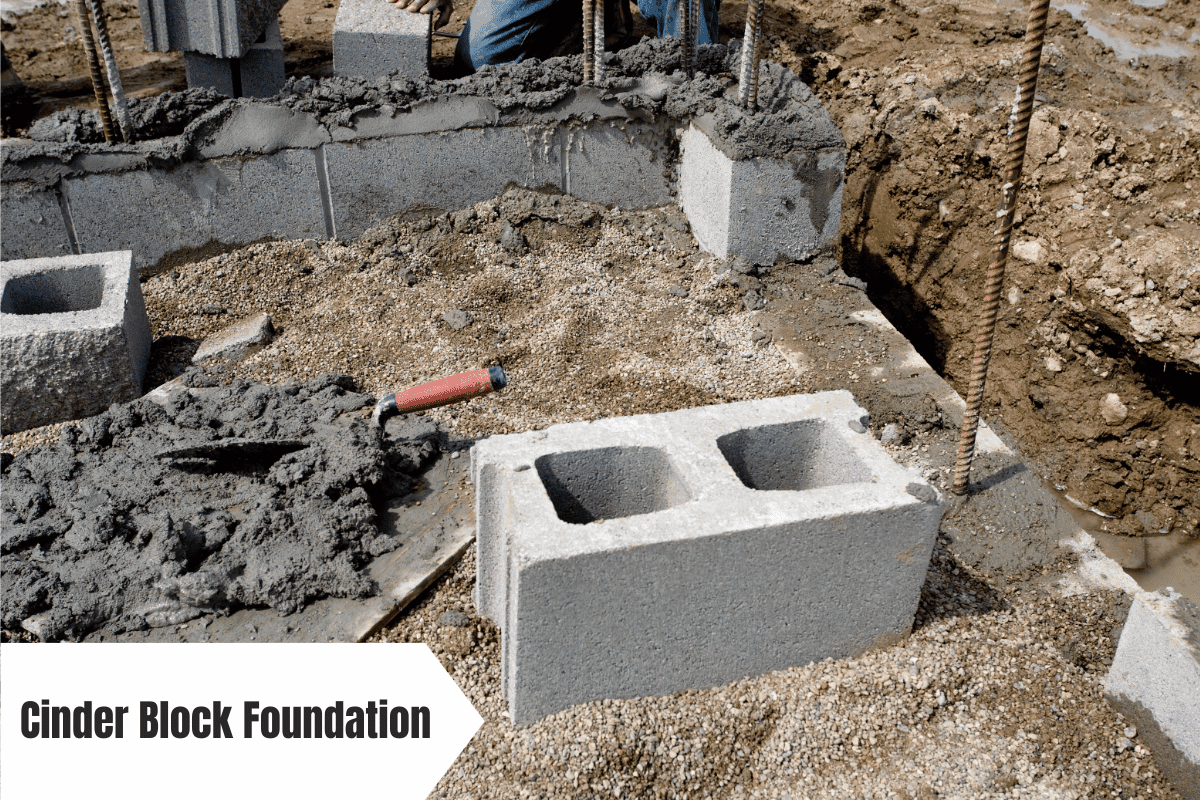Let’s be real—foundations aren’t exactly the sexiest part of Homeownership. Nobody daydreams about concrete footers or moisture barriers while sipping their morning coffee. But here’s the kicker: if your foundation fails, your house becomes a very expensive Jenga tower. So today, we’re diving into the unsung hero of sturdy Homes: cinder block foundations. Trust us, by the end of this, you’ll be low-key obsessed with soil types, load-bearing walls, and why you should absolutely care about foundation inspections.
At Golden Bay Foundation Builders, we’ve seen it all—from charming 1920s cottages sitting on crumbling post and pier foundations to modern homes needing seismic retrofitting faster than you can say “earthquake drill.” Whether you’re battling cracked walls or just curious about floating foundations, we’ve got your back. Let’s break this down like a pro (with a few sarcastic side-eyes thrown in for fun).
Why Cinder Blocks? Let’s Talk Pros and Cons
Cinder blocks are like the Swiss Army knife of foundation materials—versatile, affordable, and surprisingly durable. But before you start planning a DIY cinder block patio (please don’t), let’s weigh the good, the bad, and the “you’ll-regret-this-later” moments.
The Good Stuff:
- Cost-Effective: Cheaper than poured concrete, making them a go-to for budget-conscious builds.
- Easy to Install: Their uniform shape speeds up construction—no waiting for concrete to cure.
- Flexible Design: Perfect for curved walls or custom layouts. FYI, this is why you see them in basements and retaining walls.
The “Meh” Stuff:
- Not Earthquake-Proof: Without seismic retrofitting, cinder blocks can crack under pressure. Pro tip: Don’t skip this step if you live near fault lines.
- Moisture Woes: Poor drainage? Say hello to efflorescence (that weird white powder) or worse—mold.
- DIY Pitfalls: Unless you’re a foundation expert, leave the heavy lifting to pros. We’ve fixed too many “weekend warrior” disasters.
Golden Bay’s Hot Take
: Cinder blocks are fantastic for the right project, but they’re not a one-size-fits-all solution. Always pair them with soil stabilization services if your yard has the consistency of quicksand.
“Help, My Walls Are Cracked!” – Common Cinder Block Issues
Raise your hand if you’ve ever panicked over a hairline crack in your basement wall. Relax—most cracks are harmless. But how do you know when it’s time to call in foundation repair near you? Let’s decode the drama.
The Usual Suspects
- Settling Soil: Soil shifts, blocks shift. It’s science. If your floors start resembling a funhouse ramp, blame the dirt.
- Water Damage: Poor drainage = hydrostatic pressure. Translation: Your foundation pushes back, and the blocks lose.
- Shoddy Construction: Ever heard of “weep holes”? If your builder skipped them, prepare for moisture chaos.
When to Hit Panic Mode
- Horizontal Cracks: These scream “structural failure” and often mean soil pressure is winning.
- Bulging Walls: Your foundation shouldn’t look like it’s doing a push-up.
- Sticking Doors/Windows: A classic sign of foundation movement.
Our Fix-It Playbook
:
- Foundation Inspections: Let our team diagnose the issue. No guesswork, no horror stories.
- Foundation Underpinning Services: For severe cases, we reinforce your foundation with steel piers or helical anchors. Yes, it’s as cool as it sounds.
- Soil Stabilization Services: Because treating the symptom and the cause is how we roll.
Cinder Block vs. Post and Pier: Which Foundation Wins?
Ah, the age-old debate. Let’s settle this like adults (with data, not fistfights).
| Feature | Cinder Block | Post and Pier |
|---|---|---|
| Cost | $$$ | $$ |
| Durability | 50+ years (with maintenance) | 25–40 years |
| Best For | Sloped lots, basements, heavy structures | Dry climates, lightweight buildings |
| Achilles’ Heel | Water infiltration | Soil shifting |
Golden Bay’s Verdict
: Cinder blocks win for longevity, but post and pier foundations are cheaper upfront. Need help choosing? We’ll geek out with you over soil reports and blueprints.
Maintenance 101: How to Keep Your Foundation Happy
Want to avoid spending your vacation fund on foundation repair? A little TLC goes a long way.
Do This Now:
- Clean Gutters: Redirect water away from your foundation. Mother Nature’s tantrums are not your friend.
- Inspect for Cracks: Grab a flashlight and play detective every 6 months.
- Landscape Smartly: Plant trees 10+ feet from your house. Roots are sneaky little wrecking balls.
Call Us If:
- You spot diagonal cracks wider than ¼ inch.
- Your basement smells like a swamp.
- Your floors tilt more than the Leaning Tower of Pisa.
FAQs: Your Burning Questions, Answered
1. “Can I repair a cinder block foundation myself?”
Sure, if you enjoy YouTube tutorials and existential dread. For anything beyond patching tiny cracks, call professionals. Foundation underpinning services require heavy machinery and expertise—not exactly a Saturday DIY project.
2. “How often should I get foundation inspections?”
Every 2–3 years for older homes, or immediately if you notice warning signs (cracks, sticking doors). Think of it like a dental checkup, but for your house.
3. “What’s the biggest mistake homeowners make?”
Ignoring drainage issues. Water is public enemy #1 for foundations. Install French drains, extend downspouts, and thank us later.
Wrapping Up: Don’t Ghost Your Foundation
Look, we get it—foundations aren’t glamorous. But neither is a flooded basement or a collapsed porch. Whether you’re team cinder block or curious about floating foundations, Golden Bay Foundation Builders is here to help. From soil stabilization services to seismic retrofitting, we’ve got the tools (and the dad jokes) to keep your home standing tall.
Spot a crack? Text us. Planning a renovation? Call us. Want to nerd out about load-bearing walls? Please call us. Let’s make sure your foundation outlives your mortgage.
[Golden Bay Foundation Builders] – Because “Oops” Isn’t a Foundation Strategy.
